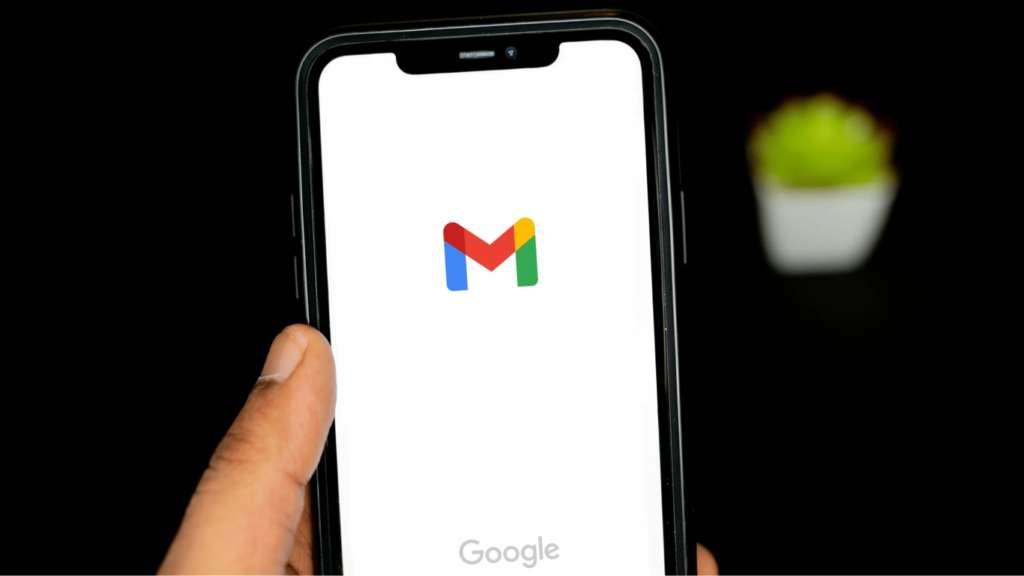Gmail app on your smartphone screen. Photo: Fill
Email services like Gmail, Outlook, and Apple Mail face threats that are being amplified by AI. As Symantec, Cofense and Hoxhunt warn, impending attacks based on large-scale language models (LLMS) are on the horizon, with Gmail getting into the spotlight with recent updates.
Forbes writes about it.
advertisement
What are the potential dangers of AI attacks?
According to Hoxhunt, AI agents can be superior to even the most experienced security testing teams and can be done at scale. This means that the number of personalized phishing attacks will only grow. Google, Microsoft and others claim they block more than 99% of junk mail and malicious messages, but millions of malicious emails have appeared in their “inbox.”
For this reason, experts argue that email should not only be “improved” but should be fundamentally modified to suit the security and convenience of modern messengers. While Google continues to innovate, the latest approach to Gmail demonstrates the complexity of its evolutionary path.
Google recently announced that “full end-to-end encryption” will be easier to implement in Gmail, but not all observers agree.
“It’s not true E2EE. ARS Technica warns because the keys protecting secure email traffic are within the client-side infrastructure, not within the actual ‘end’.
In fact, Google Workspace CSE (client-side encryption) provides high data security for businesses and institutions, but does not provide scenarios where messages are completely out of reach of Google.
To be “truly” encrypted from one device to another, you need a proton-like solution. They only work in their own closed ecosystem, or require an additional password at a third-party address.
Another recent update to Gmail is an improved “smart” search based on AI. According to Google, the algorithm is now able to open requests frequency, recent emails, and contacts most frequently, allowing you to find the right message faster. However, as the company explains, this does not work with encrypted email.
“There’s no key to decrypting, so you can’t literally read the message,” Google said.
Therefore, two important new innovations – end-to-end encryption and intelligent search – exist in parallel and are not combined. For users, this means a dilemma. Either the benefits of AI search using all email analytics, or the increased protection in case even Google can’t view email content.
As a reminder, Google plans to make it easy to send end-to-end encrypted emails (E2E) to businesses operating in local industries. The goal is to allow users to send such emails to recipients, even if they are not using Gmail.
It also says that Gmail has introduced intelligent search. AI shows the most relevant results faster.
advertisement
Read Novyny.live!
Subscribe




